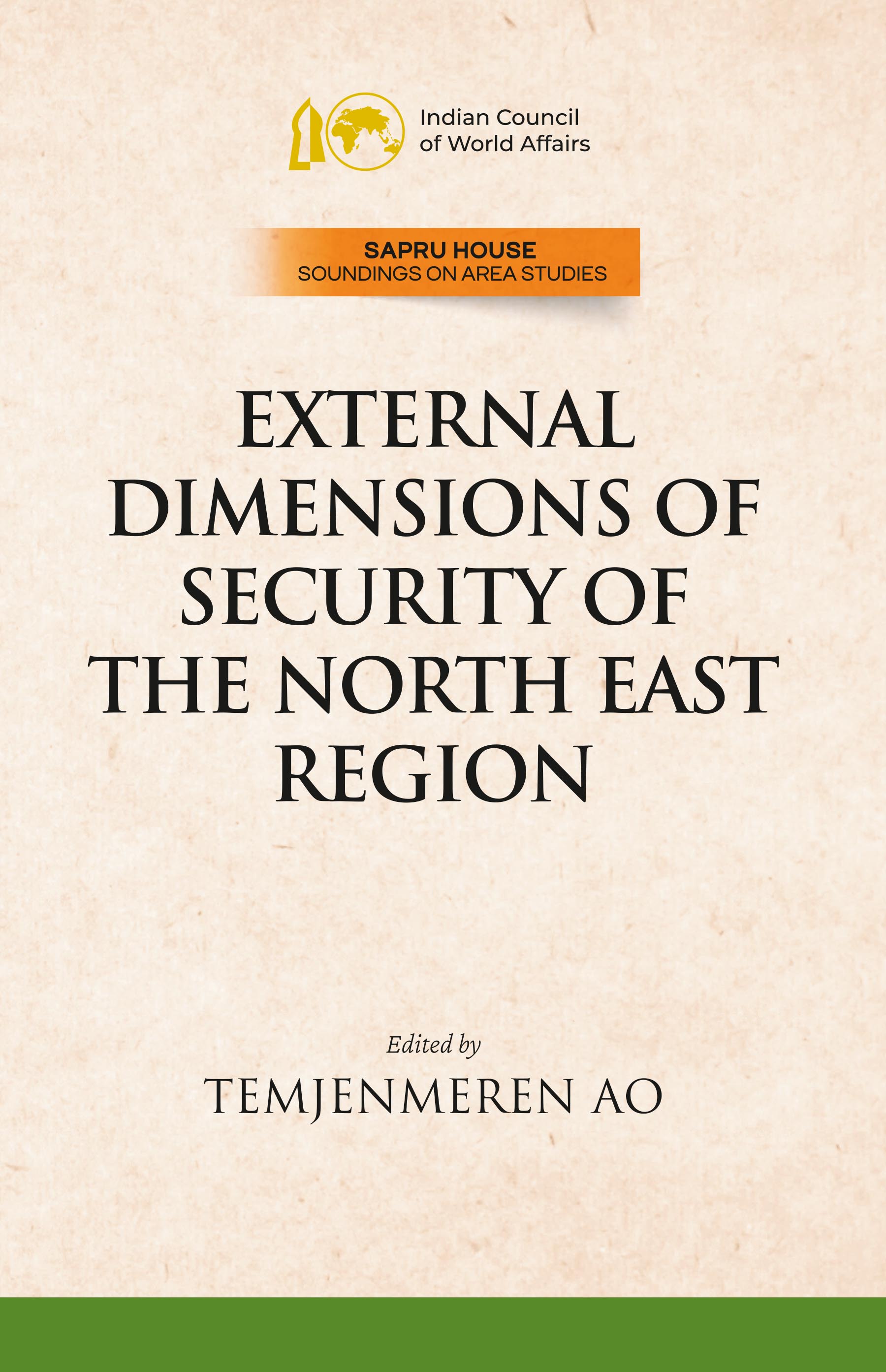India’s North Eastern Region [NER] is a strategically important part of Eastern South Asia. Sharing borders with as many as five countries, and connected by a mere twelve kilometres corridor with the rest of India. Security has been the primary consideration that has driven the entire narrative of the region since 1947. After the fall of East Pakistan while the intense feeling of insecurity witnessed in the 1960s has diminished, the unresolved Sino-India border dispute along with an assertive China has increased security concerns which have held up the development of the NER. Issues such as illegal migration from Bangladesh, and the Rohingya crisis in Myanmar, have also heightened perceptions of security deficit in this region. The presence of several insurgent outfits in the region where they enjoyed safe havens across borders has also resulted in the borders of the region becoming over securitised and consequently underdeveloped. Insurgency is also used as a cover for a range of illicit activities ranging from forced rent seeking, arms trade, and drug trafficking all contributing to underdevelopment. Since the formulation of the government’s ‘Look East’ and later rechristened ‘Act East’ Policy, there has been a gradual shift in the security paradigm of the region. Past security considerations had prompted the idea of ‘keep the region isolated’ are now been recalibrated to ‘engage with neighbors’—a paradigm that considers leveraging foreign policy as a vital tool towards domestic security and development.
Editor: Temjenmeren Ao (Ed)
Dr. TemjenmerenAo is a Research Fellow on Southeast Asia at the Indian Council of World Affairs (ICWA), New Delhi. Prior to which he worked as an Associate Fellow at the Centre for Air Power Studies, where he completed a project titled, “China’s Aerospace Sector: A Study on its Rise through Transfers of Technology”. His area of interests includes the study on international economics, India’s foreign relations in the contemporary political, economic and security environment and issues of dual-use technology transfers. He completed his Masters of Arts in Economics from the Centre for Economics Studies and Planning, School of Social Sciences, Jawaharlal Nehru University (JNU), New Delhi, and holds a Ph.D in International Relations from School of International Studies, JNU.
Contents
Foreword
Contributors
Introduction
Part I: China
1. Chinese Impact on Security Dynamics of the North East Region of India
S.B. Asthana
2. Is the McMahon Line Controversy Beyond Resolution?
PradipPhanjoubam
3. Ecology and Boundary: Mapping Overlapping Terrain
A.K. Bardalai
4. China’s Hydropower Infrastructure Development along the YarlungTsangpo in Tibet: Ecological and Demographic Implications for Lower Riparian Regions of Northeast India
PanuPazo
5. Tracking China’s Indulgence in Insurgency in India’s North East: An Analysis
Sanjeev Kumar
Part II: Bangladesh and Myanmar
6. Cross-Border Dimensions of Internal Security in North East India
K. Himalay Singh
7. Maritime Connectivity and North East India: Issues and Challenges
BiplabDebnath
Part III: The Policy Outreach: Emerging Perceptions and the Politics of Identity in the Public Narrative
8. Governance in Nagaland: A Presentation before the ICWA
Alemtemshi Jamir
9. External Orientation of India: Possibilities and Roadblocks
Patricia Mukhim
10. NRC has Created a New Politics of Identity
MrinalTalukdar
11. Inexorable Circles and Cycles of Identity Politics—Politics of Identity in the Public Narrative: A Nagaland Perspective
MonalisaChangkija
12. Why No End to Politics of Identity in North East India?
Samudra Gupta Kashyap
13. Negotiating Citizenship and Belongings in an Age of Multilateralism: The Way Forward
Binayak Dutta
14. The Distinct Cultures of the Northeast: The Role played by Cultural Ambassadors
DhrubajyotiBhattacharjee
Index


 Political Science
Political Science
